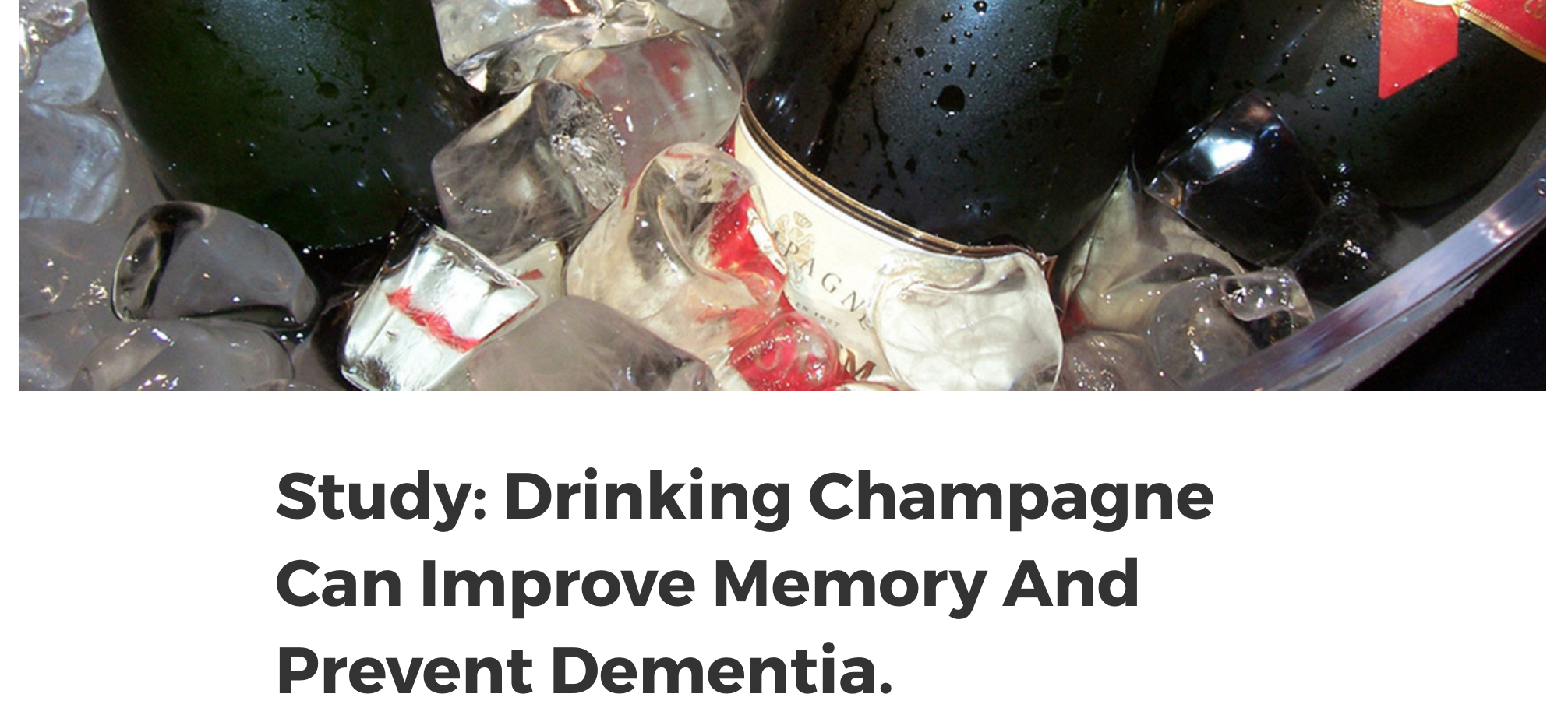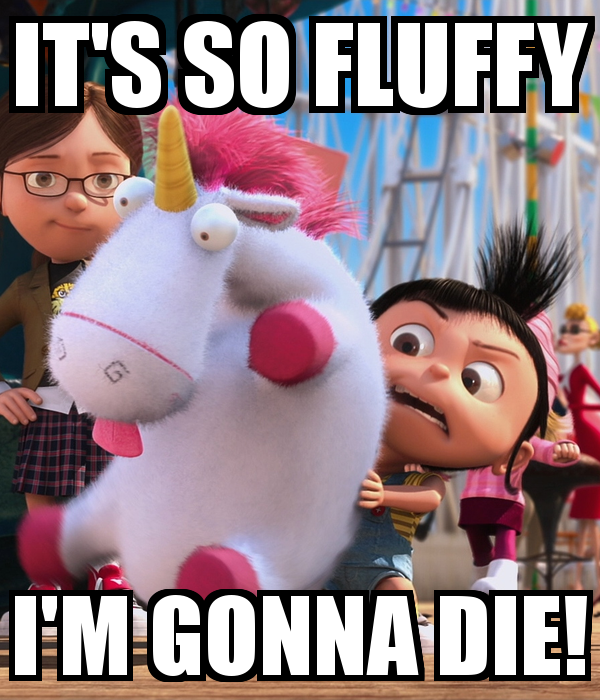Topics:
Inbound MarketingSubscribe now and get the latest podcast releases delivered straight to your inbox.
Despite millions of years of evolution and the development of abstract thought and critical thinking, humans still rely heavily on emotions when making decisions.
That’s right, regardless of all your data analysis and that awesome pros/cons list you made, your decision to buy (and that of your consumers) is largely influenced by one of the more primal brain areas and less about by what makes us so smart.
Because of this, as marketers, we need to be masters of connecting emotionally with customers and clients.
Douglas Van Praet, the author of Unconscious Branding: How Neuroscience Can Empower (and Inspire) Marketing, puts it perfectly, saying:
“The most startling truth is we don’t even think our way to logical solutions. We feel our way to reason. Emotions are the substrate, the base layer of neural circuitry underpinning even rational deliberation. Emotions don’t hinder decisions. They constitute the foundation on which they’re made!”
The role our emotions play when making decisions can’t be ignored. What does this mean for marketers trying to influence a purchase decision or gain a lead?
Marketers need to appeal to their buyer personas’ wants and needs. It’s a primal response; people see what they want and they take action.
This article will help you understand why and how you can capitalize on it with your marketing.
The Biology of Buying
Professor of Neuroscience at the University of Southern California, Antonio Damasio argues that emotion is required in almost all decisions.
He has performed research on people with emotional impairment, but whose “thinking” areas of the brain are unaffected.
These subjects were able to process information and critically think, but were unable to make decisions because they lacked any sense of how they felt about their options.
Even when it came to simple decisions like what to eat, they would describe what they should do and have reasons for doing so, but were still unable to arrive at a final choice.
The Science Behind Emotional Purchases
It’s been studied again and again; fMRI tests have shown that when subjects evaluate products or brands, their limbic systems (where our feelings, memory, and value judgments originate) light up, while the data processing and analysis centers of their brains are left largely unstimulated. In other words, most of the purchase decisions people make are emotional, not practical.
When the decisions humans make are largely based on how they feel, marketers can capitalize by communicating a feeling and removing emphasis on the cold hard facts. You need to appeal to the human, not the buyer.
How to Use Emotions in Marketing
So how can these emotions help with getting your content out there?
We love to play up how complex our evolutionarily advanced brains are, but research from the University of Glasgow suggests that in reality all of our modern emotions stem from 4 core feelings; happy, sad, afraid/surprised, and angry/disgusted.
These are the emotions that enabled us to survive against adversity. They are hard-wired into our brains, and shouldn’t be ignored when publishing content.
This is proven when looking at what sells in the media.
Positive Content vs. Negative Content
Happy = More Shares
It’s no secret, the classic rule “If it bleeds, it leads” dominates our nightly news broadcasts. However, this rule is broken when applied social media platforms, according to University of Pennsylvania social psychologist Jonah Berger:
“The ‘if it bleeds’ rule works for mass media that just want you to tune in, they want your eyeballs and don’t care how you’re feeling. But when you share a story with your friends and peers, you care a lot more how they react. You don’t want them to think of you as a Debbie Downer."
Berger’s experiments with what content is shared showed that positive articles are much more likely to be shared than articles about sad topics.
As a marketer, this means you could benefit from highlighting positive news, benefits, or advancements related to your business/industry.
For example, if you’re in financial services, you can share information on the uptick of the stock market, or if you’re a vet’s office, maybe talk about April the giraffe.
Sad = More Clicks
Shares aside, there is some value to the “if it bleeds, it leads” philosophy.
Research shows words with negative connotations tend to attract more clicks and opens.
In fact, Outbrain found that negative superlatives (such as never or worst) work 30% better at getting your attention than a headline without a superlative at all.
So, what about positives like “always” or “best?”
They actually did much worse than headlines without a superlative. In terms of the click-through rates (CTR) for the two groups, the headlines with negative superlatives had a staggering 63% higher CTR than that of their positive counterparts.
Bottom line: Negative news gets clicked and read, but happy news is shared more.
How Can Marketers Use This to Their Advantage?
1. Pay Attention to Headlines
BuzzSumo analyzed millions of viral articles in 2016 and found that simply including the word “love” in a headline can have a huge impact on social engagement and shares. So, share the love and your content will be shared too. For instance, if you’re creating a post about awesome examples of Facebook ads, go with the title “13 Facebook Ads that Your Prospects Will Love”.
To increase engagement and views of your content, as the Outbrain study shows, use negative superlatives instead of positive ones. Change that title from “Best Ways to Improve Your Short Game” into “7 Worst Mistakes You Can Make Trying to Putt".
2. Add a Little Humor
People not only like to share entertaining content, but they want to extend their own sense of humor to those they connect with online. Make people laugh with your content, and watch the shares increase.
Check out this post by the New Yorker:

This post got double the shares of any other post on their site in 2015.
3. Play the WOW Factor
Appeal to people’s sense of curiosity with something that makes them say “Wow!” Something unexpected or mysterioys evokes a sense of awe and get people to want to click your content.
For example:

Doesn’t that headline make you want to read more?
While the claims from that study ended up being mostly untrue, it generated quite a buzz around the internet in 2015. It was compelling.
That doesn't mean you should succomb to sensationalized headlines, which can come off as spammy "click bait," but be creative. Find compelling ways to frame your topics or share "wow-worthy" related news.
But What About Conversions?
You can also appeal to people’s primal emotions to increase conversions and sales, not just clicks or shares.
As marketers, we are quick to brag about our great products that help you “do X better” or “make problem Y go away.” However, it turns out this appeals completely to the wrong half of the brain.
While facts and hard data can help prove the value of a product, the left half of the brain that processes this information has essentially no role in emotional processing, which we know plays a key factor in decision making. The left brain is all words and numbers (aka those awesome stats and data you’re using to try and sell), while the right brain communicates in feelings and images.
So, how do you appeal to the right half, arguably the more influential half? The right brain is not only in charge of emotions, it is also visually inclined, making images the medium of choice when trying to invoke an emotional response with your marketing.
Emotions in Imagery
How are images so closely connected with emotion?
No matter how intelligent humans become, we are a slave to our instincts first.
To illustrate, let’s think of it this way. When we get hungry, we eat. Tired? We sleep. We see a helpless little animal or child? We want to squeeze it, or at the very least “eat them up.”

Wait, what? That hardly seems logical -- But I’m sure most of you can relate.
It shows the power that imagery has to release hormones and elicit emotions that we sometimes can’t control.
I mean, why do we want to “eat up” or bring harm to these small, big-eyed, furry little creatures?
According to a study performed by Rebecca Dyer at Yale, seeing images of cute animals calls upon our primal instincts to take care of it, and since we can’t reach through the picture and cuddle it, we go a little nuts.
The frustration of not being able to care for the animal gets released as aggression, causing us to want to squeeze the animal.
So, why am I sharing all of this? This is just one example of how our primal instincts manifest themselves in our everyday lives -- and also an example of how marketers can use it to elicit actions.
In order to test the role emotion plays in decision making and conversions, an experiment done by UCLA and George Washington University tracked the brain activity of consumers while looking at advertisements.
Some used the numbers and figures behind a product to sell, for example, “This Computer has 16 Gigabytes of RAM,” while others were more vague, featuring fun or sexy scenes that seemed to have nothing to do with the product.
The results came back as you would think: The ads with facts and figures caused higher activity in the decision-making areas of the brain.
Great, right? -- Wrong.
It turns out those same areas of the brain involved in decision marketing are involved in behavioral inhibition as well as. In other words, the facts and figures stimulate the areas of the brain that actually prevent an impulse buy.
When the group looking at the emotion-targeted ads were studied, activity in the decision center of the brain with the other group of ads was insignificant, meaning the vague ads that were almost irrelevant to the product can lead to less restraint on the buying process.
So it is literally better to almost ignore the decision centers altogether, and go right for the emotion centers of the limbic system. You can show your prospects something fun and invoke an emotional response in their heads, making them more likely to buy.
How to Use Images to Increase Conversions
The right image can do wonders for increasing conversion rates by playing on human emotion. If you make them feel just right, they’ll take action. Keep that in mind when choosing images for your site or article.
Positive images bring out positive emotions and negative ones elicit negative. Whether it’s a happy face and a smile or a vision of a satisfied customer, using images you can get your viewers in the right mindset for converting.
Despite all the science talk about how we succumb to our emotions, your visitors and customers aren’t stupid. They know that every action you take is in hopes of them spending their money with your company, so embrace it!
Make them feel good, happy, proud, wanted -- and if they agree with the message you’re conveying, they will connect with your brand better.
Check out this awesome homepage image for the Elements Massage.

This image works well because not only does it showcase what the company has to offer, but it makes you feel happy and relaxed too.
You can’t look at this image and not imagine how good you would feel with its product. Who doesn’t want to be that relaxed?
For more on how to use images to maximize the value of your content, check out this post.
Key Takeaway
While as humans we don’t salivate at the sound of a ringing bell in the anticipation of food, we are still slaves to our emotions and our primal brains.
By understanding the degree to which our brains rely on emotions when making decisions, marketers can appeal to the feelings of customers to boost their leads and even sales.
What we need to do recognize the value that cognitive research has in marketing and use it to target hearts, not heads. Make it a goal to create a sense of inspiration in the area of the brain that seeks connection and a sense of belonging, and build a strategy that emphasizes it.


Order Your Copy of Marcus Sheridan's New Book — Endless Customers!

